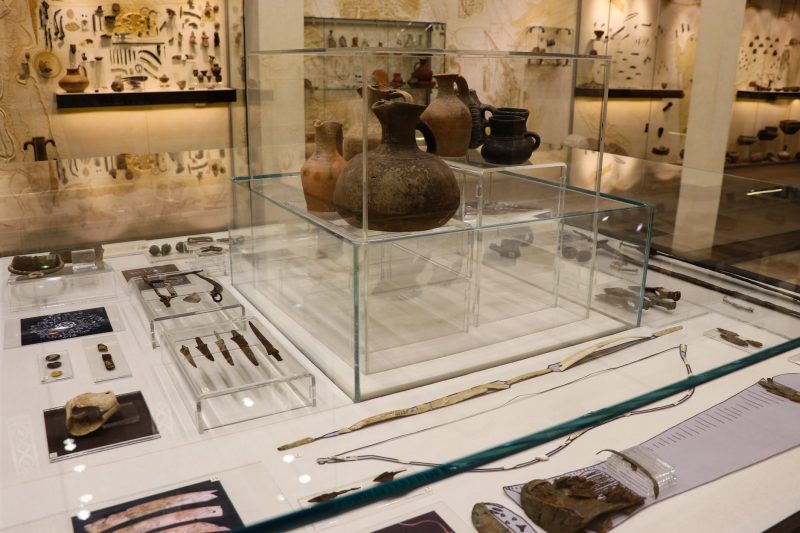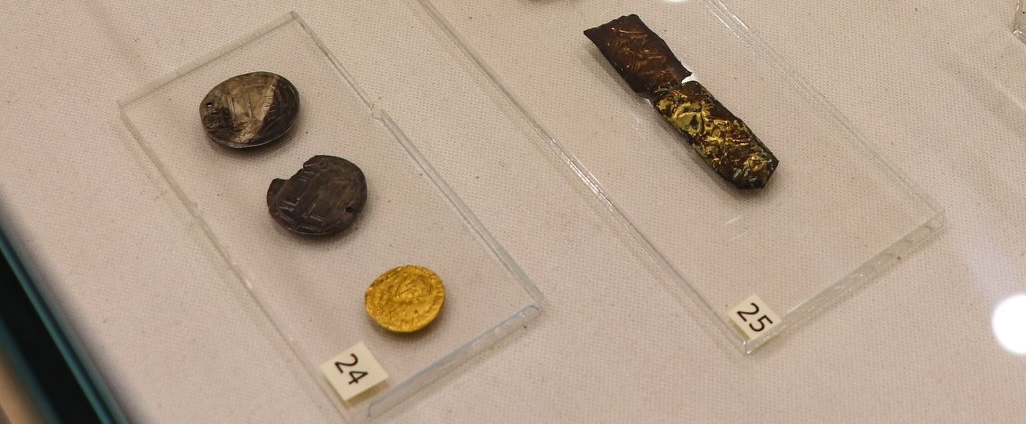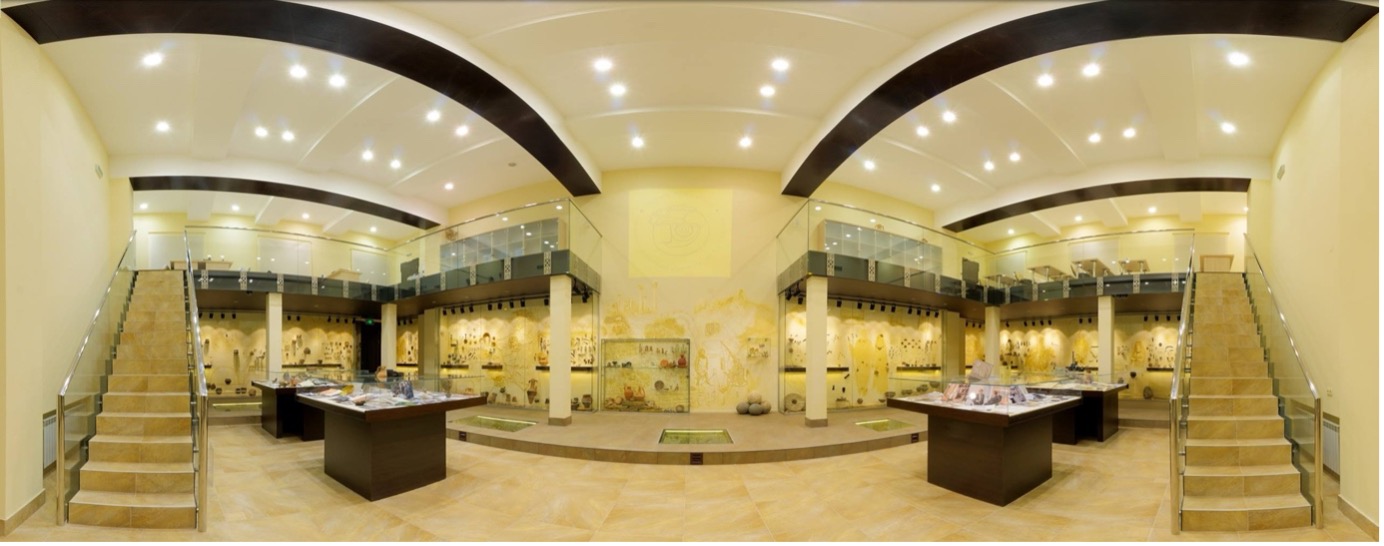

Today we are so accustomed to credit cards that we use coins only to pay for a cup of coffee in the morning or to buy a bus ticket. This small piece of plastic has replaced coins and banknotes of various denominations, sparing us the need to perform even basic mathematical calculations and the “hassle” of currency exchange. Thanks to credit cards, we can track where, when, and what purchases a person (or rather, their bank card) has made, as well as which markets and stores they prefer. In short, we can trace expenses, tastes, and habits. The processing of data collected by banks also allows for an assessment, for better or worse, of a store’s popularity among foreign customers and the discovery of the countries of origin of these clients. This is the information age. The world has changed rapidly and continues to do so.
The current economic model is very different from that of the medieval era. During the Byzantine Empire, coins served as indicators of commercial exchanges, extending beyond the empire’s borders. Between the 9th and 13th centuries, the Kyivan Rus’ was Byzantium’s northern neighbor. Goods circulated between the Rus’ and Byzantium thanks to the famous “Varangian-Greek” trade route, which, via the Dnieper River, connected Constantinople with the peoples of the Scandinavian Peninsula. Rus’ and Scandinavian warriors enlisted in the Byzantine emperor’s army, thus moving between Eastern Europe and Asia Minor. This movement of people and goods is something historians attempt to trace using all possible indicators, among which coins—used by emperors to compensate merchants and mercenaries—are particularly valuable.

Byzantine coins reached the Rus’ through various channels: merchants who received them as payment for their goods, mercenaries who brought their earnings home after military service, princes and ambassadors who transferred diplomatic gifts, and sometimes even pilgrims. Some of these coins were lost along the journey, turning into “single finds” for modern archaeologists. Others were placed in burials as signs of particular respect for warriors, discovered by archaeologists during excavations of necropolises and burial mounds. Some individuals buried small treasures to safeguard their wealth—whether due to fear of losing them in military conflicts, uncertainty about the success of a river crossing, or other concerns. As a result, today we have the opportunity to discover and interpret the contents of these ancient “safes.”

In short, the topography of Byzantine coins provides fascinating insights into these commercial and military movements. Analyzing these artifacts is much like the investigative work done by detectives in crime films (and in real life). In this investigative work, we numismatists benefit greatly from NOMISMATA, the database of Byzantine coin finds.
Thanks to its geo- and chrono-referencing functionalities, NOMISMATA enables the visualization and correlation of thousands of numismatic discoveries in geographical space and historical time. Since the territories of Ukraine formed the core of the Kyivan Rus’, much of the data comes from these regions.
Today, Byzantine coins from the Kyivan Rus’ are preserved in many Ukrainian museums. I would like to particularly mention my Alma Mater in Ukraine: V. N. Karazin Kharkiv National University and its Museum of Archeology.

The museum’s collections boast splendid specimens of Byzantine solidi, folles, and miliaresia, gathered through decades of archaeological expeditions organized by the Department of Ancient and Medieval History at the “Chersonesus Taurica” Reserve and Balaklava, as well as through the museum’s own research activities. Even today, despite the ongoing war, the museum continues to operate.
With NOMISMATA, hosted on the servers of the University of Trieste in Italy, data and researchers from Ukraine, France, Greece, Bulgaria, Serbia, Croatia, Turkey, the United States, Austria, Germany, and many other countries are connected in an extraordinary way. And the territories of the Kyivan Rus’ remain at the heart of international scientific collaboration. We continue to work toward new discoveries!
Kateryna Sorochan